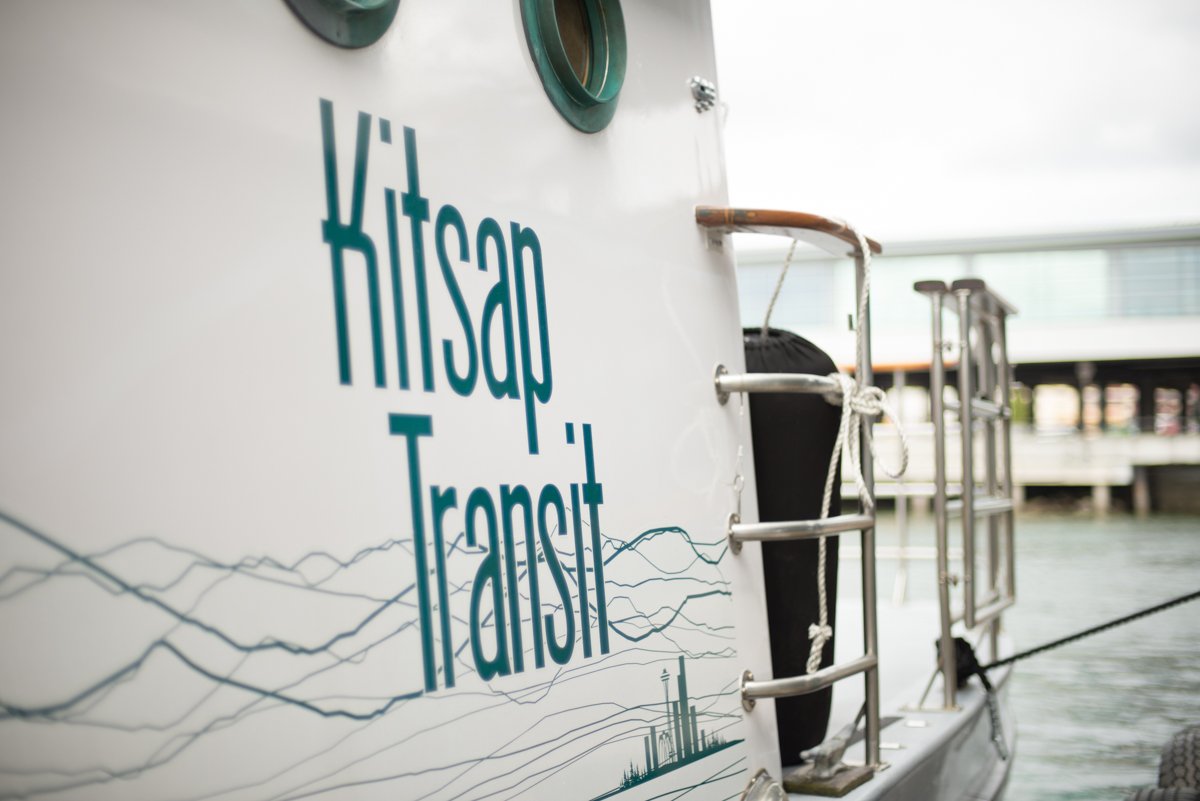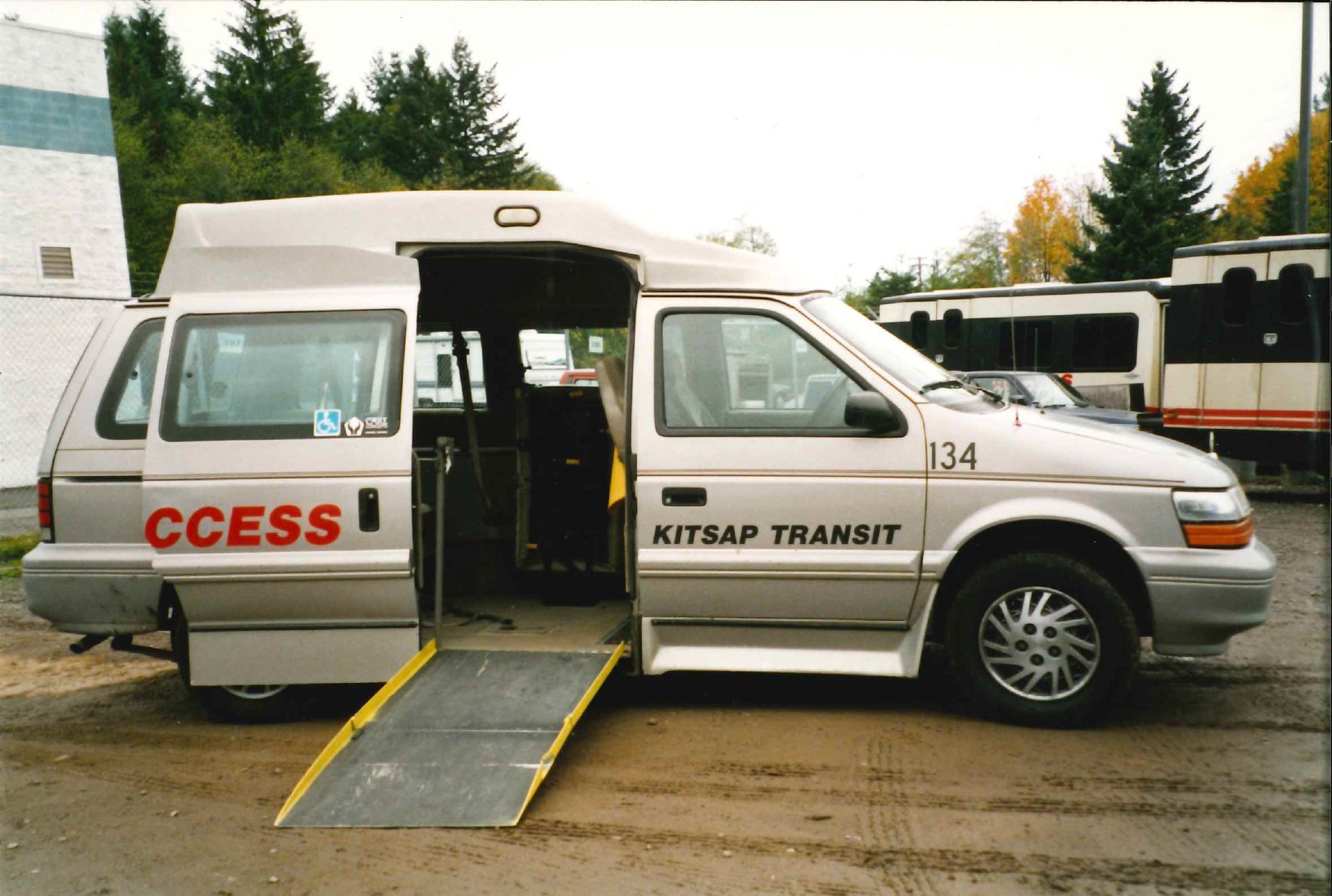Sink or Swim: Kitsap Transit in the ‘90s
This is Part Two of our series of stories examining the history of Kitsap Transit. You can read Part One here.
For nearly 60 years, the local foot ferry service between Port Orchard and Bremerton had been run by Horluck Transportation.
At the beginning of the 1990s, the family-owned company was a part of Kitsap County’s growing but as-of-yet incomplete transit system. Kitsap Transit asked Horluck to honor its bus passes so riders could make connections from Bremerton to Port Orchard without driving through Gorst.
“Just accept our passes, and we'll pay you for every pass that you accept,” Kitsap Transit Executive Director John Clauson recalled. But the scrappy private operation wanted nothing to do with a government agency.
Eventually, Horluck agreed to accept Kitsap Transit bus passes, kicking off a decade-long partnership that ended in the early 2000s when Kitsap Transit bought out the private operator.
Today, passenger ferries are an integral part of Kitsap Transit’s system. But the agency and its partners had to navigate several years of choppy waters to get there, including voter approval of a statewide measure that gutted nearly a third of the agency’s budget, forcing layoffs and service cuts by the turn of the century.
Taking to the water
Kitsap County’s geographical constraints mean that ferries, not motor vehicles, have historically been the fastest and most direct way to travel.
“We had always looked at the Port Orchard-Bremerton ferry operation as being an extension of our fixed-route program,” Clauson said. “We were not interested in driving buses around through Gorst, other than for the ACCESS clients, because it would be way more expensive, and the quality of service would be significantly less.”
For years, Horluck Transportation connected the two towns across Sinclair Inlet with a fleet of small boats. In 1995, after agreeing to accept Kitsap Transit bus passes, the family owners sold the ferry company to Hilton Smith.
Over the next seven years, fares increased on the service and reliability tumbled. Customers complained about frequent breakdowns and cuts to service on Sundays. Finally, in 2002, Kitsap Transit spent $1.52 million to acquire the ferry operation, including dock infrastructure and the historic Carlisle II.
If he could do it over, former Kitsap Transit Executive Director Richard Hayes said would have tried to buy Horluck Transportation sooner.
“(The ferries) were symbolic for the agency, and they were literally historic, and they were incredibly efficient,” Hayes said. “The route between Port Orchard and Bremerton will always be the most productive and cost-efficient route in the system as far into the future as I can see.”
After the purchase, Kitsap Transit hired a new ferry-operation contractor, Kitsap Harbor Tours, which brought with them three new vessels: Admiral Pete, Admiral Jack and General Chesty. The agency also sent the battered Carlisle II intro drydock for six months for repairs.
The improvements to service were “pretty much immediate,” Hayes said.
“The reliability and the quality improved substantially,” Clauson added.
Growth and change
While Kitsap Transit worked to offer bus-to-ferry connections, it also spent the 1990s expanding its service area and bringing paratransit services in-house. With more vehicle owners paying Motor Vehicle Excise Tax (MVET), Kitsap Transit’s funding grew, allowing it to add more service in annexed areas.
“It wasn't so much that (Kitsap Transit) would put an issue on the ballot,” Clauson said. The community “would come to the Board and ask to put (annexation) on the ballot.”
Kitsap Transit was able to put more service on the road, tweak routes and respond to passengers’ needs. Clauson remembers attending many community meetings that resulted in buses traveling to underserved parts of the county.
“We entered into a phase of, ‘What can we do to expand ridership, expand usage, and respond better, if you will, to the community,’” Clauson said.
On Bainbridge Island, Kitsap Transit started with demand-responsive service that ballooned into several routed buses as the popularity of the ferries to Seattle grew throughout the ‘90s. Former Kitsap Transit board member and Winslow mayor Alice Tawresey recounted how Kitsap Transit buses were key for commuters after the City of Bainbridge Island capped parking near the ferry terminal.
“If you got there early and were willing to pay a lot of money, you could park in the parking lots around the ferry, but if you didn't want to pay a lot of money or you didn't want to spend the gas or you felt like maybe the bus was a better alternative, then Kitsap Transit was there for you,” Tawresey said.
At its peak, Kitsap Transit carried 5.6 million riders systemwide in 1999. During the ‘90s, the agency brought its ACCESS paratransit service in-house, expanded its Worker/Driver program, and struck deals with churches around the county for new park & ride lots.
Things were going well – so well, that as the turn of the millennium approached, Kitsap Transit made a big promise: It was going to significantly expand service and improve the frequency of its buses.
But in November 1999, the state’s voters approved activist Tim Eyman’s Initiative 695, which capped motor vehicle excise taxes at $30 and gutted Washington’s transportation system, including Washington State Ferries, road maintenance and local bus service.
I-695 and ramifications
Since its inception, Kitsap Transit had been funded by sales tax, fares and motor vehicle excise tax. The impacts of I-695 were immediate and damaging – Kitsap Transit lost 43 percent of its budget (about $10 million), cut service and hiked fares. The agency shuttered Sunday service and laid off employees.
“The plan – and we wrote all this down and gave it out to everybody – was to double the service. We wound up not having Sunday service. I mean, it was horrible,” Hayes said.
The Washington State Supreme Court struck down 695 as unconstitutional, but the Legislature later passed a law repealing the MVET.
However, the Legislature allowed transit agencies to ask for an additional four-tenths of 1% sales tax to offset lost revenue. Kitsap Transit went back out to voters in 2000 and 2001 to ask for a three-tenths of 1% bump to make up the difference.
The first attempt to bump the sales tax was soundly rejected by voters. In the spring of 2001, voters approved a re-written ballot measure. The new funding stream allowed Kitsap Transit to start reintroducing service and lowering fares in 2002, but the damage had been done.
“We were going along and doing great and people were utilizing the system and then whack, you know, we had to cut things,” Clauson said. “It was tough to recover from that. I think morale was obviously pretty low.”




